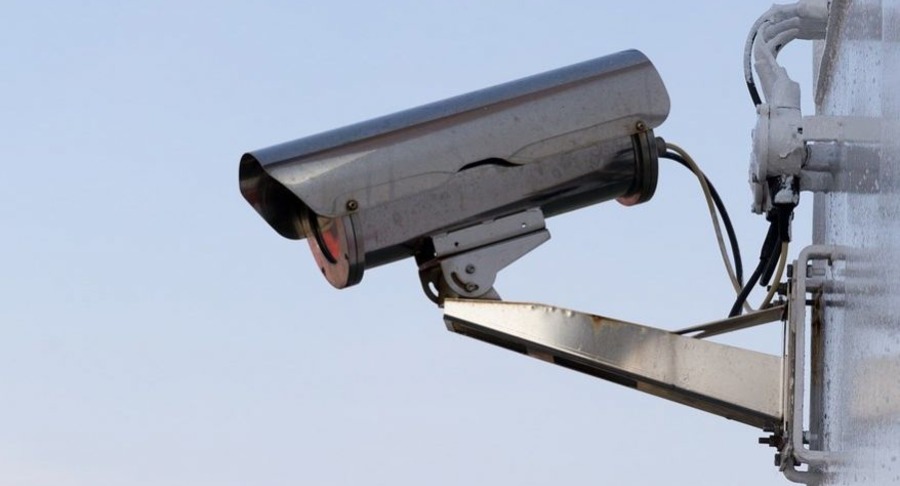“Safe City” Facial Recognition System to Be Implemented Nationwide in Russia
Authorities have decided to accelerate the rollout of the “Safe City” system with facial recognition technology across Russian regions following the shooting at a Kazan school. According to RBC, citing a draft bill and a source in the Ministry of Emergency Situations (EMERCOM), a meeting of an interdepartmental commission was held in mid-May to discuss the tragedy at the Kazan school. It was revealed that street cameras had recorded Ilnaz Galyaviev walking down the street with a weapon, but were unable to alert law enforcement because they were not connected to an artificial intelligence system.
As a result of the meeting, officials decided to submit a bill to the State Duma in June titled “On the Unified Safe City System.”
The draft bill proposes the creation of an operator for the system—a public law company called “Safe City.” According to the press service of Rostec, the government’s technology partner for the project, “the public law company is established by presidential decree, and its charter is approved by the government.” The founder of the public law company will be EMERCOM.
The operator company will coordinate the activities of federal executive authorities, regional authorities, local governments, and organizations in the creation and operation of the unified “Safe City” system. The operator will also be responsible for ensuring the system’s operation, coordinating the work of government information systems, and their modernization. The operator will be required to monitor the system’s effectiveness, with performance indicators and methodology determined by the government.
According to the draft bill, the safety of a populated area is defined as “the state of protection of the population, industrial and social facilities, material and cultural assets, and the environment, in which an acceptable level of risk is ensured regarding harm to life or health, property, all types of ownership, as well as the realization of people’s rights to a favorable living environment and reliable information about its condition.”
Project developers state that the system will integrate 150 government systems into four main blocks: transportation and environmental safety, public safety, and coordination of services and agencies. The development is expected to include about 120 scenarios for potential threats, ranging from fires and oil spills to terrorist attacks.
Hydrometeorological monitoring systems will collect information about air, water, and soil conditions. Cameras equipped with artificial intelligence will respond to public safety violations, according to the project.
The system’s developers believe there will be no issues with data leaks from “Safe City.” Information available to law enforcement will be stored on a platform with restricted access, they claim.
In 2017, Moscow began testing the connection of cameras at building entrances, public places, and the metro to a facial recognition system. In September 2020, Moscow’s IT Department partner NtechLab launched pilot projects to create such camera systems in 10 more Russian cities. “Safe City” was actively used during the COVID-19 “self-isolation” period.
In mid-May, the “Safe City” automated system was launched in Irkutsk. Existing surveillance cameras will also be connected to it.



